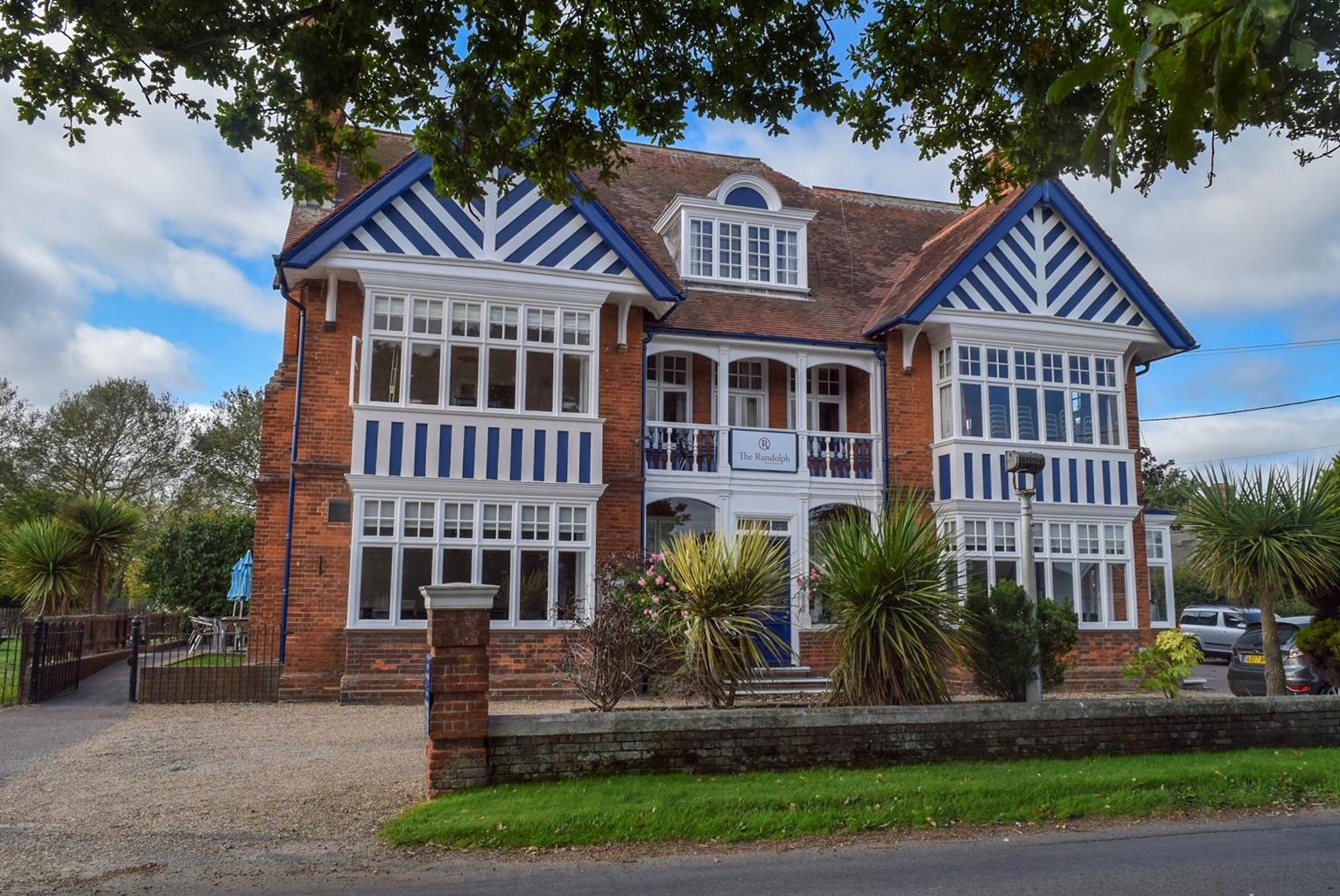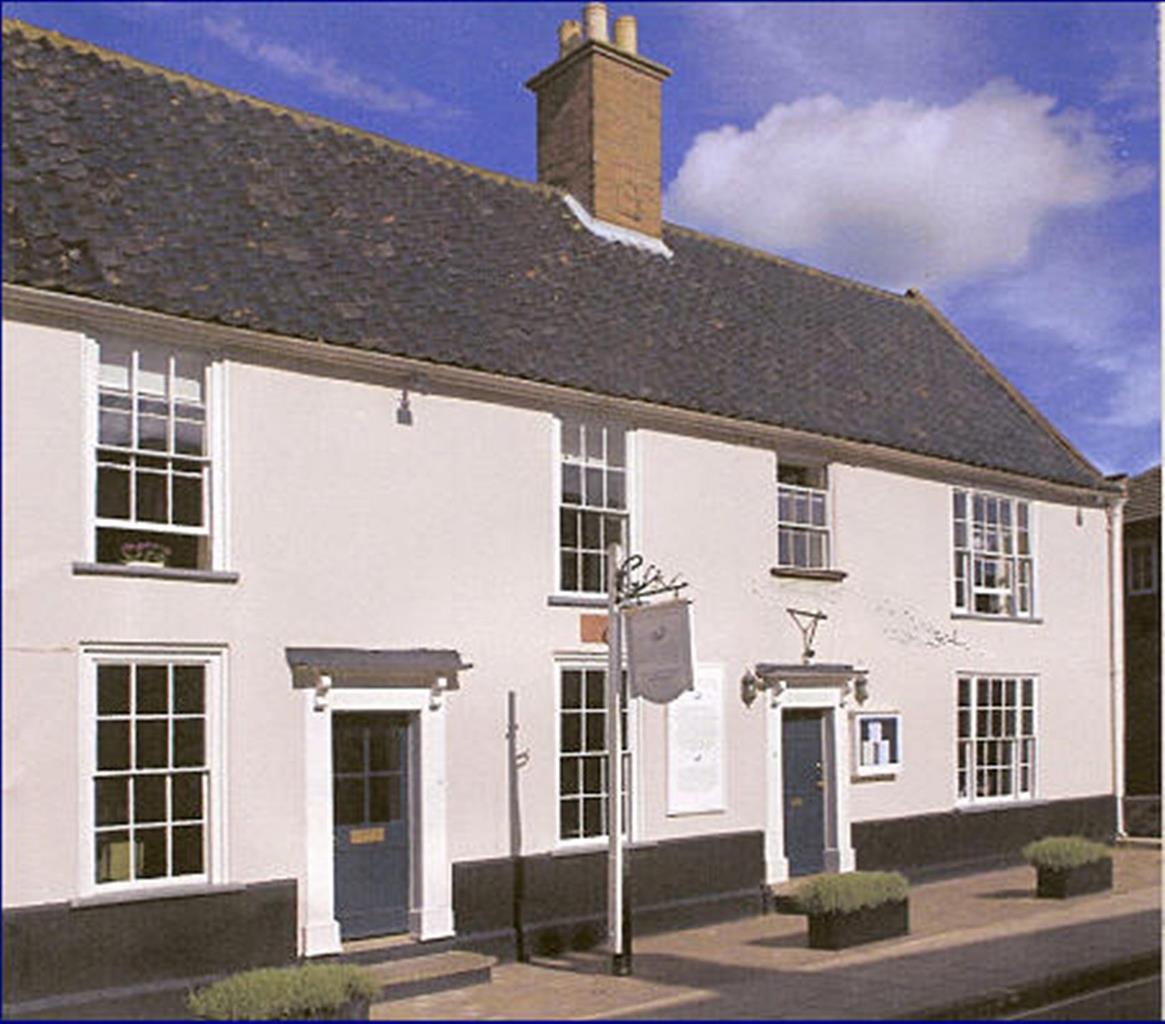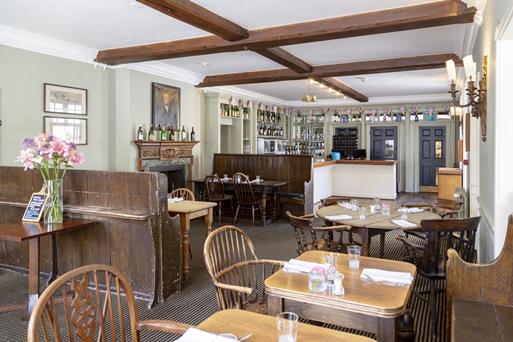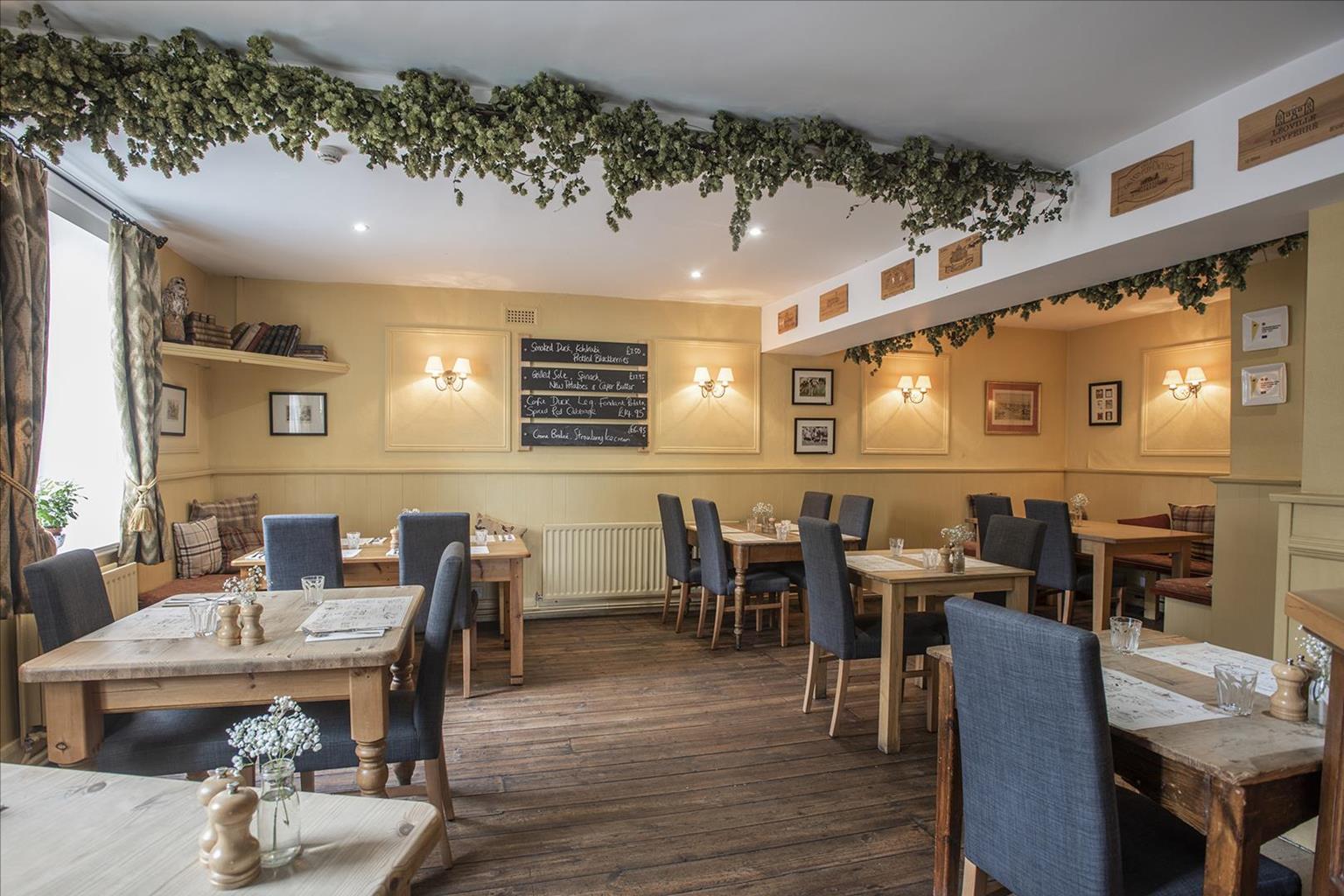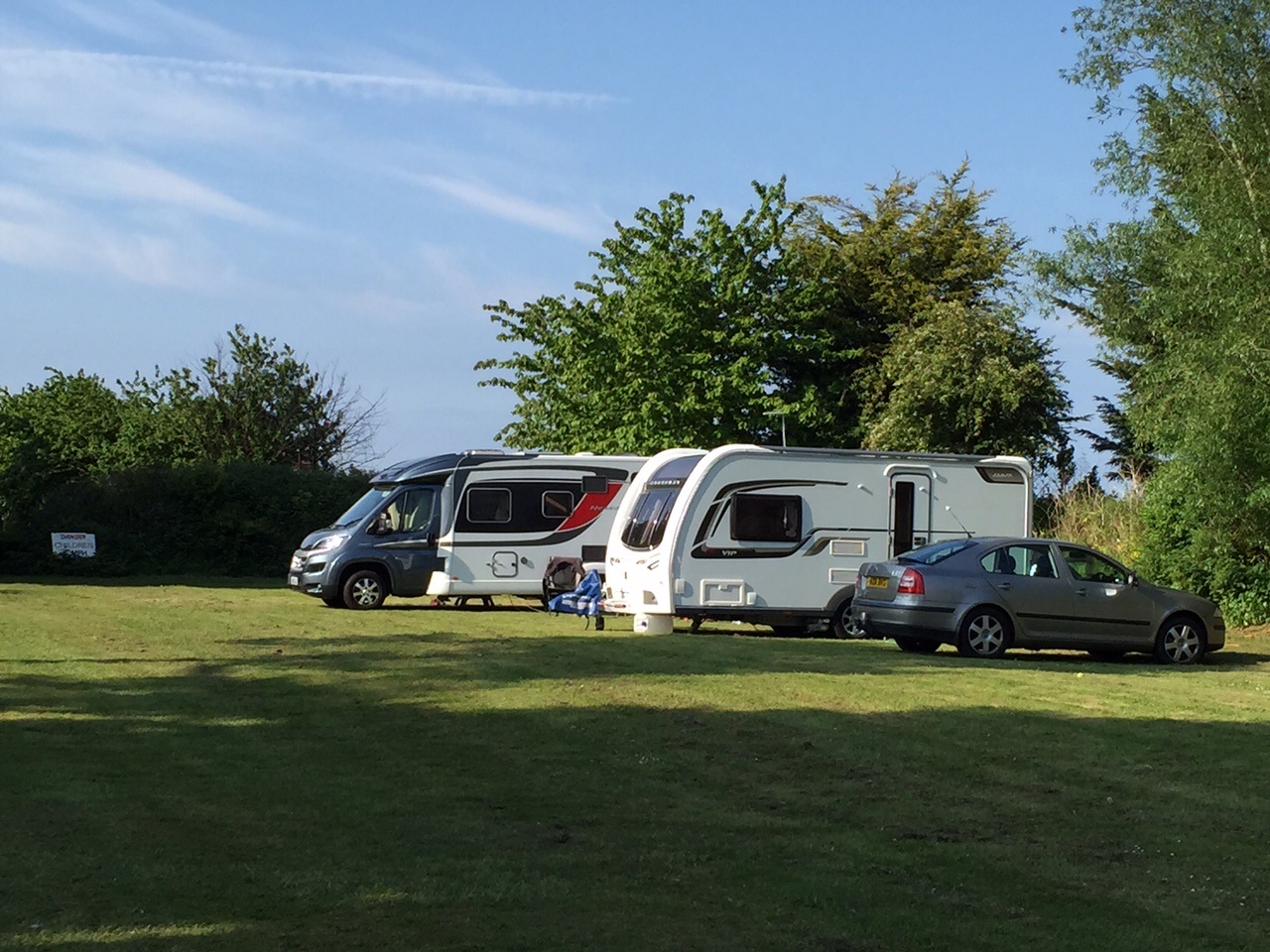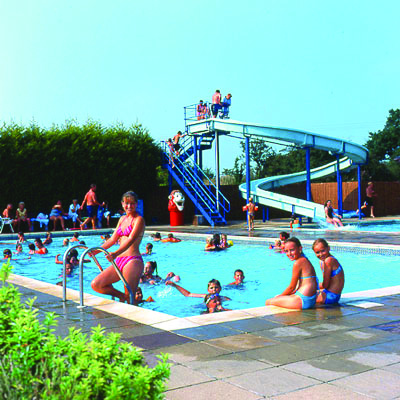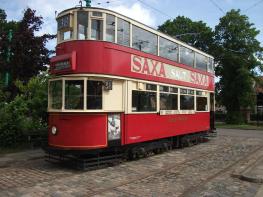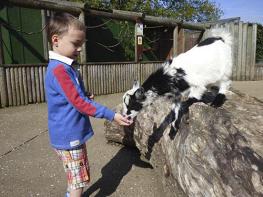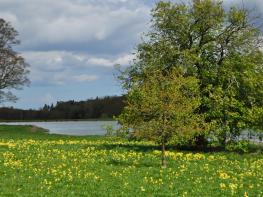Waveney House is an exceptionally well presented, privately-owned hotel situated by the River…
Castle Marshes and the River Waveney

A rove along the Waveney in search of life on the wing.
5 miles (8kms)
About the walk
It is a rare walk that can be said to be as good if not better in winter than it is in summer, but this one which takes in a section of the River Waveney around Castle Marshes nature reserve is just such a walk. While the spring and summer bring the exquisite blue-tailed damselfly and the Norfolk hawker dragonfly to these parts, the cold weather sees the arrival of over-wintering waders, filling the skies around this seemingly empty expanse of the country with activity.
Castle Marshes
Though this 175-acre nature reserve is run by the Suffolk Wildlife Trust, there is no public access to Castle Marshes, which is part of a larger Site of Special Scientific Interest. Therefore, the paths this walk uses offer the visitor the only means of getting close enough to see what’s going on here. It’s a happy accident that the riverside path runs along the top of the embankment that holds the Waveney back from inundating the low-lying fields because it means that walkers are handed a fantastic vantage point from which to view the birdlife on the reserve. Birds on which to train your binoculars here include the native wigeon, gadwall, teal and shoveler, whose ranks are swollen by arrivals from Iceland, northern Europe and western Siberia between September and March. The flood plain of the River Waveney – of which Castle Marshes is a part – is a little below sea level and a careful eye is thus kept on water levels, not least because cattle graze a large part of the reserve in summer. To this end, large freshwater dykes can be seen crossing the fields and in spring the water levels are lowered in order to create the right conditions for lapwing and redshank to breed. The dykes serve another purpose as well – that of providing a habitat for rare flora such as frogbit and winter soldier that only thrive in extremely clean water. Sadly, despite the reserve’s name, there’s no castle here but there are the remains of Castle Mill, a windpump that once helped drain these marshes.
North Cove Nature Reserve
Towards the end of the walk you pass the entrance to this privately-owned nature reserve is also run by the Suffolk Wildlife Trust. North Cove provides a great variety of habitats in a relatively small area: fen, carr (a fen overgrown by woodland), grazing marsh and dykes. A plethora of birds – including warblers, siskins, redpoll and all three British woodpeckers – can be seen here along with butterflies, dragonflies and even the occasional grass snake.
Walk directions
Turn left out of The Pightle to walk along The Street. At the entrance to North Cove Hall turn right up Marsh Lane, then shortly afterwards turn left to continue up Marsh Lane. You are soon out of the village and passing the arable fields of Cove Hall Farm, with a glimpse of North Cove House through the trees to the left.
At Low Barn Farm, turn left along the road signposted ‘No Through Road’. This lane between high hedges bends to the right to lead to a level crossing. Look out for the massed ranks of the pink-flowered great willowherb on both sides of the road. Take care crossing the railway track. This is the East Suffolk Line from Lowestoft to Ipswich which opened in 1859. A hundred or so years later it was saved from the Beeching Axe and there are now hourly services both ways. Continue along a wide track, crossing a bridge over a water-filled ditch by a large clump of hemp agrimony. Carry straight on along the edge of a marshy field used for sheep-grazing.
By a sign for the North Cove and Barnby Angling Club the path rises up into a grassy bank by the River Waveney. In summer you’ll see pleasure cruisers moored here or pootling up and down the river towards Beccles or Oulton Broad. Turn right to walk along the river, looking out for dragonflies among the reeds that flank the high grassy track. This is part of the 92-mile Angles Way from Great Yarmouth in Norfolk to Thetford via a cross-section of Suffolk and forms part of the ambitious 227-mile Around Norfolk Walk. If all that talk of mileage has left you feeling enervated, a short-cut on this walk can be achieved by turning right to a kissing gate where the river bends sharply left at Six Mile Corner. You can then pick up the instructions from point 4. Otherwise, continue along the river bank. Across the river is Norfolk – low-lying fields protected by a tree-topped ridge – while to your right is the Castle Marsh bird sanctuary, so keep an eye out for redshanks, avocets, shelducks, bearded tits and swans, among others. The disused Castle Mill is by the path on your right-hand side in the crook of a bend in the river and is partially masked by a pair of willow trees. The brick-built windmill at one time powered a pump that helped to drain Castle Marsh. Someone has re-roofed it with corrugated iron, possibly for use as some sort of barn, which has at least kept it from dilapidation. Retrace your steps until you reach the first path off to your left.
Drop down off the bank, go through a kissing gate and follow a narrow grassy path straight ahead. This bends sharply left and right before coming to a kissing gate. Continue through this and onwards between reeds, hemp agrimony and more great willowherb. On summer days this stretch is alive with butterflies and dragonflies. The path eventually carves a way through some deciduous woodland comprising mainly birch and ash before reaching another level crossing. To your right here is the entrance to North Cove Nature Reserve which is well worth a saunter around (though do be aware that it has areas of deep water and no dogs are allowed).
Taking care again, cross the track and close both gates. To your right here is the alternative car park that can be used for this walk. If you’re using it, start the walk instructions here. Turn left along the road past a paddock of ponies then turn right along a gravel track by Fairfield Farm and Cottages. This track curves between a small scattering of houses before passing along the left-hand side of a field used for the grazing of horses. After passing a large black barn, the track meets the gate of a house called The Elms. Here it slips off to the left and becomes a wide grassy track following the right-hand hedge of a large field. And the end, it turns sharp left to cross a footbridge and come out onto a road. Turn right here to walk among the cottages of Barnby, a small village that is nowadays contiguous with North Cove. When you come to the end of the road turn right along The Street to return to the start.
Additional information
Village roads, country lanes, riverside embankments, farm tracks
Open marshland, farmland, village
On a lead (no dogs in North Cove Nature Reserve)
OS Explorer OL40 The Broads
On the street on The Pightle (alternative free car park at level crossing near White Gables)
None on route
WALKING IN SAFETY
Read our tips to look after yourself and the environment when following this walk.
Find out more
Also in the area
About the area
Discover Suffolk
Suffolk is Constable country, where the county’s crumbling, time-ravaged coastline spreads itself under wide skies to convey a wonderful sense of remoteness and solitude. Highly evocative and atmospheric, this is where rivers wind lazily to the sea and notorious 18th-century smugglers hid from the excise men. John Constable immortalised these expansive flatlands in his paintings in the 18th century, and his artwork raises the region’s profile to this day.
Walking is one of Suffolk’s most popular recreational activities. It may be flat but the county has much to discover on foot – not least the isolated Heritage Coast, which can be accessed via the Suffolk Coast Path. Southwold, with its distinctive, white-walled lighthouse standing sentinel above the town and its colourful beach huts and attractive pier features on many a promotional brochure. Much of Suffolk’s coastal heathland is protected as a designated Area of Outstanding Natural Beauty and shelters several rare creatures including the adder, the heath butterfly and the nightjar. In addition to walking, there is a good choice of cycling routes but for something less demanding, visit some of Suffolk’s charming old towns, with streets of handsome, period buildings and picturesque, timber-framed houses.
Nearby stays
Restaurants and Pubs
Nearby experiences
Recommended things to do
Why choose Rated Trips?
Your trusted guide to rated places across the UK
The best coverage
Discover more than 15,000 professionally rated places to stay, eat and visit from across the UK and Ireland.
Quality assured
Choose a place to stay safe in the knowledge that it has been expertly assessed by trained assessors.
Plan your next trip
Search by location or the type of place you're visiting to find your next ideal holiday experience.
Travel inspiration
Read our articles, city guides and recommended things to do for inspiration. We're here to help you explore the UK.

